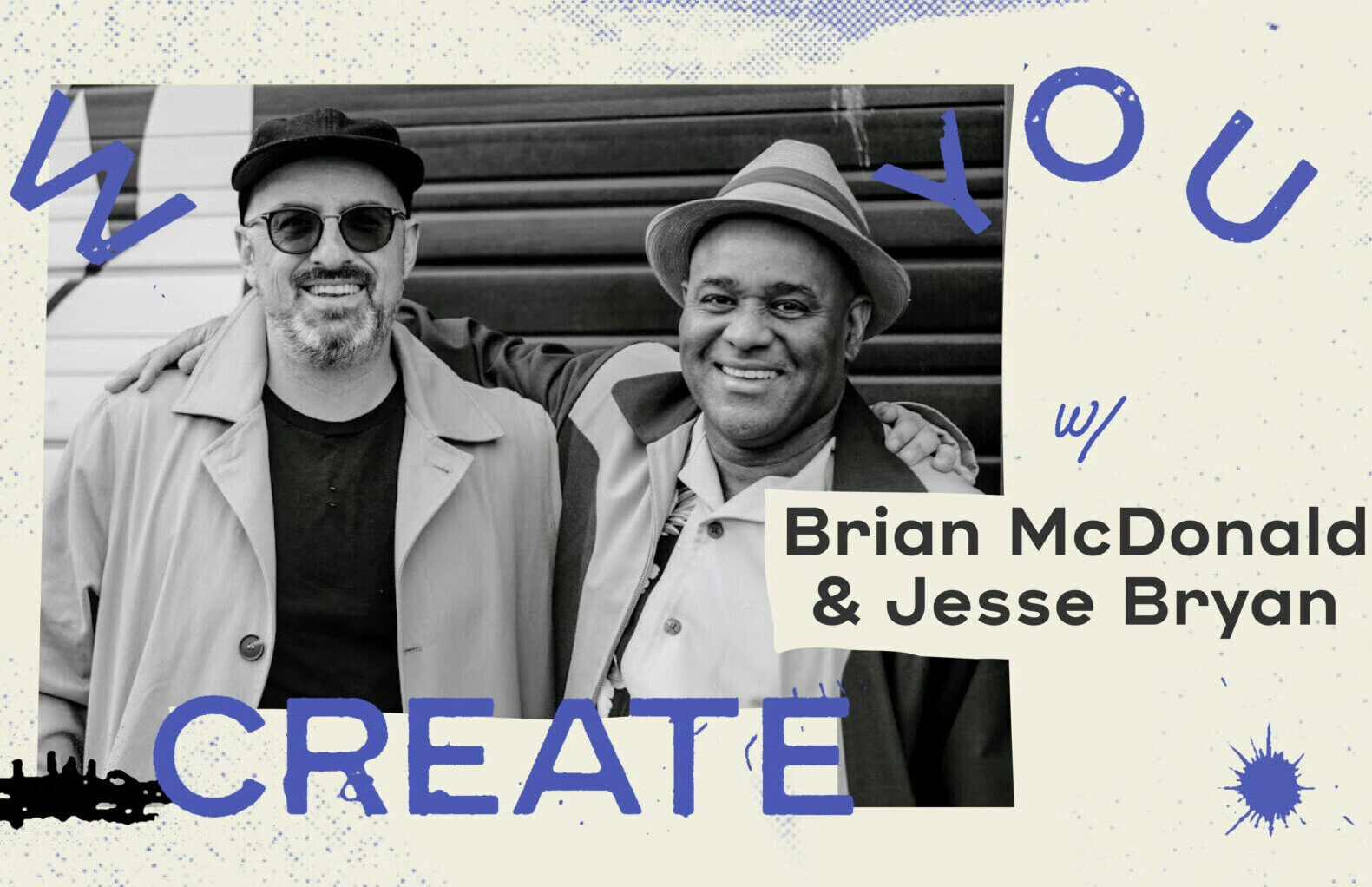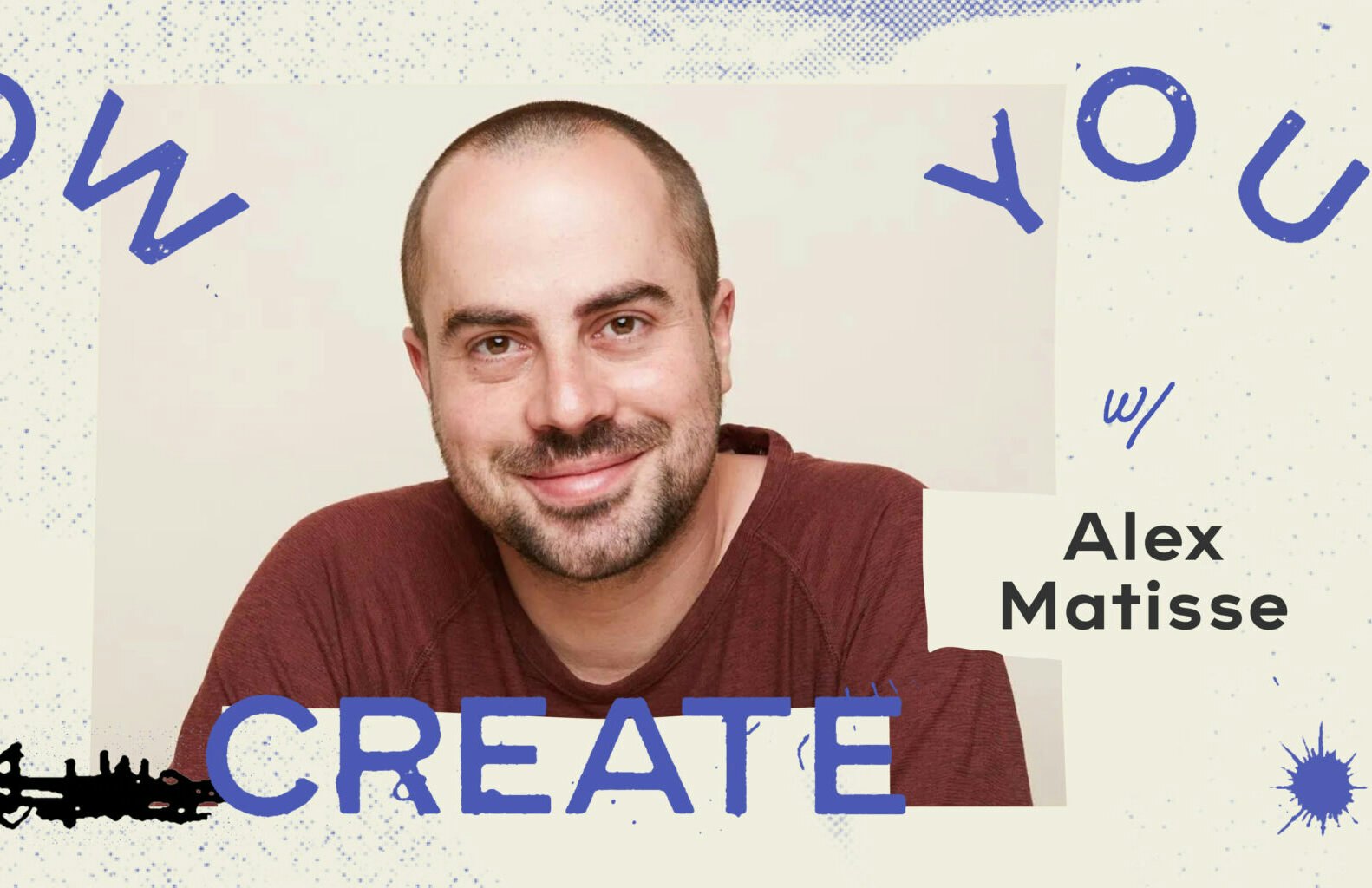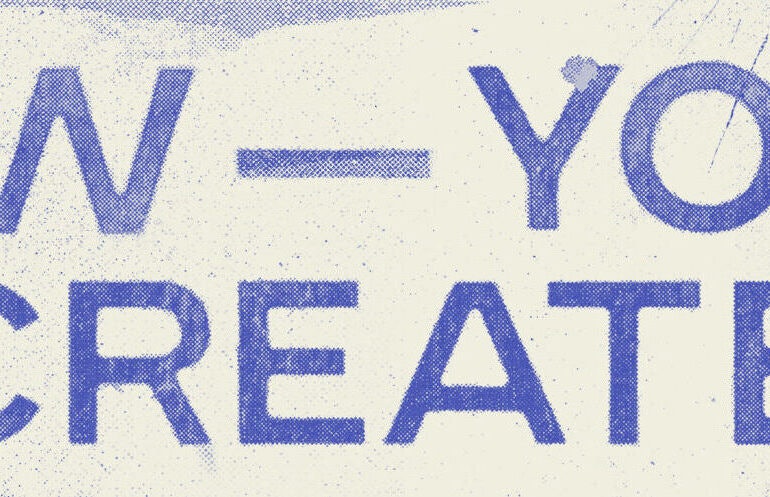What Is The Creative Economy?
A good friend of mine says often, “everyone is born creative. And at some point in their life, they are told they are not.” This simple fact is so true, and it’s one of the reasons we have such a difficult time quantifying what comprises a creative economy. To support this position on the value of creativity, a report commissioned byAdobe in 2014 found that self-identifying creative companies “outperform peers and competitors on key business performance indicators, including revenue growth, market share, and talent acquisition.” What the report defined as a “creative mindset” has come to describe a problem-solving process, an individual talent, or a group dynamic which can be present across many industries, regardless of their direct connection to art, culture, design, or any of the traditional artistic trades or disciplines.
I’m sure you also have heard the phrase, “starving artist.” For some, this phrase is said to scare someone away from the arts. And still for others, it’s a badge of honor. Into this murky water that lacks definition stepped Laura Callanan, founder of Upstart Co-Lab and former Senior Deputy Chairman of the National Endowment for the Arts. Laura has done extensive work in championing a better definition for creative economies and the more robust deployment of what she calls a “creativity lens” for investments. Her work was born out of years of work pioneered by several others to both study and define these rather amorphous terms.
– In 2000, Peter Coy introduced the term “creative economy” in an article in which he detailed the impending transformation of the world’s economy from an Industrial Economy to an economy in which the most important force is “the growing power of ideas.” John Howkins elaborated on this concept in his 2001 book, The Creative Economy: How People Make Money from Ideas, calling it a new way of thinking and doing that revitalizes manufacturing, services, retailing, and entertainment industries.” – Defining the Creative Economy, Upstart Co-Lab.
– In 2010, the Creative Economy Coalition (CEC), a working group of the National Creativity Network and one of the largest attempts to define a Creative Economy, produced a study that looked at 27 different definitions of the creative economy. What resulted generally tied the concept to an effort measuring economic activity within a specific geography. There has been no agreed upon group of industries that define the creative economy as each of the 27 definitions from other studies determined what it meant in that relevant and independent region. Therefore, the report from the CEC merely defined a local creative economy comprised of a set of industries unique to its region. It has made aggregation or comparisons between regions difficult, if not impossible.
– And then in 2015, the Global Impact Investing Network (GIIN) Annual Impact Investor Survey reported “Arts and Culture” as 0% of the $60 billion in impact assets under management by its global members. The GIIN survey the next year combined Arts and Culture into the “Other” category, without much of a significant change in dollars allocated. Two important things are true about this data: 1) more money is invested in the creative economy than is presently tracked (an infrastructure to define and measure it does not exist); and, 2) the investments that are being made currently, have a long way to go in order to really build the creative economy. But in order to do that, we need to better understand what a creative economy is in the first place.

So Then, What Exactly Is The Creative Economy?
At Access Ventures, we believe that people have the right to realize their full potential. An economy that encourages creativity accelerates growth and long-term community vitality by encouraging people to be their authentic selves. Investors in creative economies directly and intentionally lift up people, places, and industries that surface ideas, jobs, and voices for everyone. The creative economy surfaces and redeems the beliefs we identify with, and that we value, and exposes that which is possible.
Recently, as a part of a working group with Upstart Co-Lab out of New York City, a group of investors and philanthropists came together to continue this conversation and advance the imperative to invest intentionally through what they are calling, a “Creativity Lens.”
The Creativity Lens not only exposes the power of a creative mindset across all industries, but also works to bring into focus the investment potential of creative places and creative industries.
Businesses in the creative economy make markets by informing and educating consumers about products that are organic, sustainable, and ethical. Investing in the creative economy is also supporting the infrastructure many creatives and artists depend upon – housing for creators; community art; community narrative and story. These are all examples of the broader creative economy we seek to build as we work to create a thriving community and desirable economy.
For example, creative industries may include:
- Fashion, food and design businesses creating demand throughout the supply chain
- Media businesses producing video games, film, television, apps and other content
- Creative places like theaters, galleries and studios, housing for artists, coworking spaces, and storefront real estate for creative businesses
Thriving economies are traditionally defined as growing, sustainable and stable. And as we work to build a more inclusive and creative economy, it’s important that these economies are growing, sustainable and stable…and that it is intentionally done.
Growing, sustainable and growing means:
- That the economy is growing and supporting the creators building the future of our communities and economies.
- That it is sustainable and we can have confidence that the supply chains for the food we eat and the clothes we wear have the highest level of transparency and accountability.
- That it is stable to the point creators, farmers, makers, and dreamers are confident they can build and make the things they love without fear of exploitation or diminished financial protection.
According to Imagination.org, “The world is changing at a fantastic speed. The future requires people who can problem-solve, adapt, and communicate in workplaces and environments that are increasingly complex. Creativity creates jobs, drives economic growth.” At Access Ventures, we propose an economic environment that has been designed intentionally to support creators, makers and dreamers that will truly build the future of every community. We believe that a creative economy undergirds a thriving cultural sector that leads to more thriving communities.
*We are thankful for the pioneering work of Upstart Co-Labs in researching and championing this effort. Even though we have been investing in these areas since our inception, they helped give it definition and renewed intentionality. They also did much of the legwork on some of the sources cited in this article. Thanks for helping shape our collective thinking around a “Creativity Lens” and ultimately, what comprises the creative economy.



